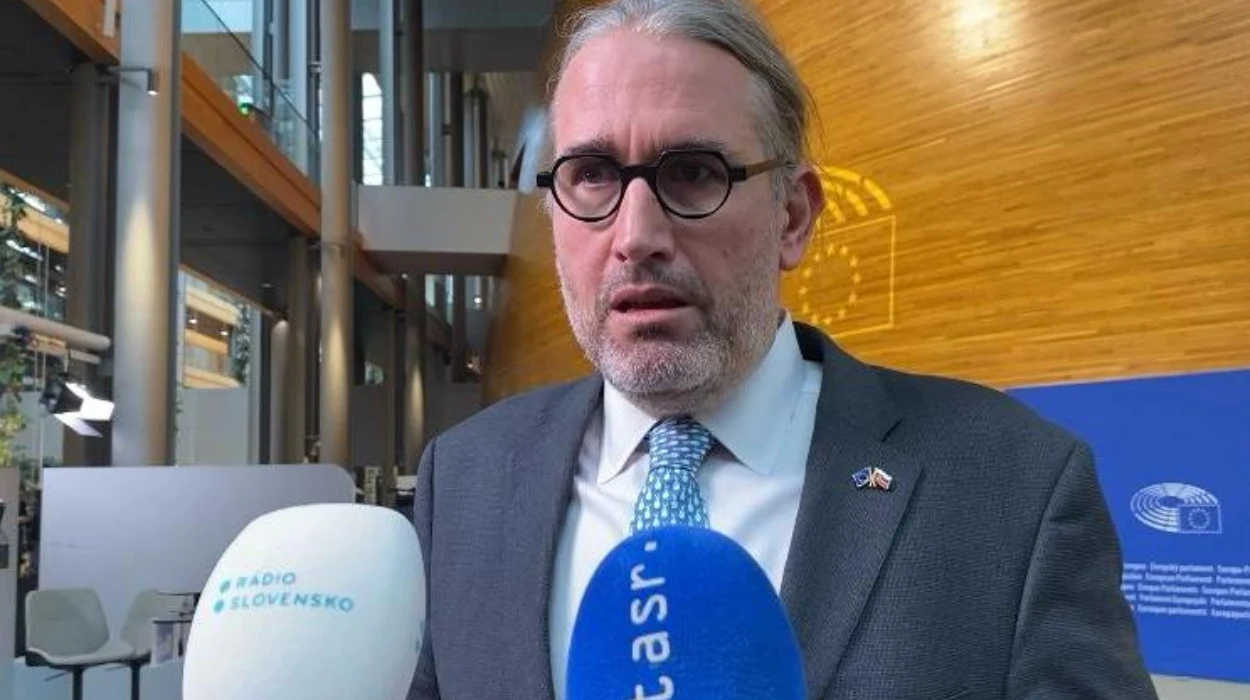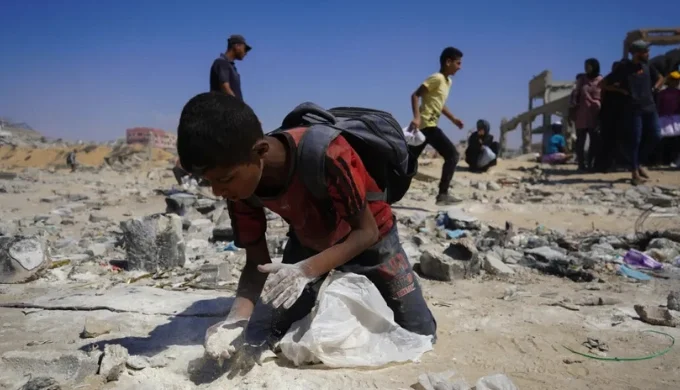After a persistent five-year campaign led by MEP Martin Hojsík, the European Union has reached a historic milestone with the adoption of its first-ever Soil Monitoring Law. Formally approved by the European Parliament on June 4, 2025, the directive establishes a comprehensive framework to assess and monitor soil health across all EU member states. This breakthrough signals a critical step towards safeguarding soil ecosystems and supporting the EU’s wider climate and environmental goals.
The Soil Monitoring Directive: A Groundbreaking Step for the EU
Comprehensive Soil Health Assessment Framework
For the first time, EU member states are required to conduct systematic, sampling-based soil monitoring, focusing on key indicators like soil carbon stocks, nutrient balance, and biodiversity status. The directive does not impose direct soil management mandates but creates vital infrastructure to fill critical knowledge gaps and set the stage for future policy measures. As soil is integral to food security, climate regulation, and biodiversity, this legislation aims to revitalize degraded lands and halt ongoing soil deterioration.
Addressing Alarming Soil Degradation Statistics
Recent assessments reveal that approximately 61% of soils across the EU are deemed unhealthy, impacted severely by erosion, contamination, and unsustainable land use practices. Soil carbon loss, notably from peatland drainage and intensive agriculture, has exacerbated CO₂ emissions, undermining climate efforts. The directive will help track these changes on a continent-wide scale, laying the foundation for long-term soil restoration.
Flexible Implementation and Voluntary Management Goals
While the directive mandates robust soil data collection, it stops short of binding sustainability obligations on landowners or farmers. Instead, it encourages member states to promote sustainable soil practices through advisory services, awareness-raising, research, and funding incentives. The directive also provides substantial flexibility, allowing individual countries to adapt indicator thresholds and monitoring methodologies to national contexts.
Political Reactions and Challenges
M. Hojsík’s Role and Political Support
MEP Martin Hojsík is widely credited with shepherding the directive through five years of complex negotiations. His determination culminated in a landmark parliamentary vote of 53 in favor, 27 against, and 2 abstentions, underscoring broad support for improved soil governance within the EU.
Criticisms Highlight Diluted Ambitions
Despite this success, critics like Martin Günther of Germany’s Die Linke have expressed reservations that the legislation’s ambition was watered down during negotiations. Key elements such as mandatory sustainable soil management practices were removed, and voluntary approaches substituted, potentially limiting the directive’s effectiveness. Günther nevertheless acknowledged the law’s importance for establishing soil health monitoring infrastructure essential for future policy development.
Upcoming Legislative and Implementation Steps
The directive awaits final approval by the Council, expected after endorsement by the European Parliament’s scheduled vote by October 20, 2025. Once formally published in the Official Journal of the EU, the Soil Monitoring Law will enter into force, with member states given three years to transpose the provisions into national law.
Broader Context and Importance of Soil Health
Linking Soil to Climate, Food Security, and Biodiversity
Healthy soils underpin nearly all food production 95% of the EU’s food supply relies directly on soil quality. Soil degradation leads to reduced crop yields, loss of nutrients, and increased vulnerability to drought and erosion. For instance, soil erosion causes an annual decline of about 0.43% in crop productivity in the EU, equating to substantial losses in staple cereals like wheat and maize. Compaction from heavy agricultural machinery can further reduce yields by up to 15% over time.
Moreover, soils act as significant carbon sinks, storing organic carbon that would otherwise contribute to atmospheric greenhouse gases. Protecting these natural reservoirs through better soil monitoring is vital to the EU’s climate neutrality ambitions.
Complementing the EU Green Deal Objectives
The Soil Monitoring Law aligns with the European Green Deal, particularly its Zero Pollution Action Plan, aiming to improve environmental quality and enhance ecosystem resilience. This directive forms a key pillar for achieving sustainable land use and fulfilling the EU’s commitment to climate adaptation and biodiversity recovery.
Boosting Research, Innovation, and Collaboration
An important feature of the directive is its emphasis on fostering research and innovation through initiatives like the EU’s “Soil Deal for Europe” mission, which includes establishing 100 Living Labs and Lighthouses dedicated to soil health. These initiatives support knowledge exchange, demonstration projects, and scaling of best soil management practices across the bloc.
A Foundational Step Toward Sustainable Soil Governance
After years of legislative effort, the EU’s Soil Monitoring Law marks a transformative step in soil protection policy. By creating a harmonized system for soil health assessment across member states, the directive provides the data backbone essential for targeted action on soil degradation a critical but previously overlooked environmental challenge.
While the legislation’s voluntary nature and flexible provisions reveal political compromises, its adoption sets a precedent and opens pathways for stronger, binding sustainability measures in the future.
M. Hojsík’s perseverance has culminated in a ground-breaking directive that prioritizes soil, the foundation of ecosystems, agriculture, and climate stability. The coming years will test how member states implement these new monitoring frameworks and translate knowledge into action that secures soil health for generations to come.









